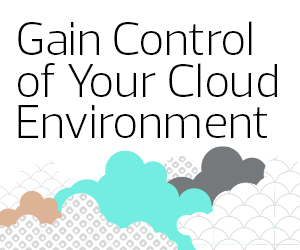Reliance on the cloud in clinical settings is growing, and large healthcare systems are already on their journeys toward better real-time analytics, data storage and innovation in the cloud. Last November, UC Davis Health announced the launch of its Cloud Innovation Center with Amazon Web Services, which aims to provide greater access to digital health.
Small to midsized hospitals that are interested in taking the plunge or increasing their organization’s use of the public cloud can start here. Discover different paths to the public cloud that best suit your healthcare system’s needs.
From Nonclinical SaaS Offerings to Clinical Workflows
Healthcare organizations are no strangers to cloud-based nonclinical SaaS applications in administrative and business settings. But across the industry, an embrace of cloud-based approaches to clinical workflows continues to grow.
Allscripts, for example, extended its partnership with Microsoft to expand its cloud-based solutions, including the support of its EMR. And Google Cloud Platform announced a partnership with MEDITECH for the MEDITECH as a Service (MaaS) solution.
Large healthcare systems that have adopted the cloud for clinical workflows have found they have more opportunities to tackle population health. Predictive, reactive and real-time analytics have become vital tools as more data is created, scrutinized and stored. And it is much easier and more cost-efficient to update analytics tools that are in the cloud.
For small to midsized healthcare systems, the move to the public cloud can be daunting when it’s seen as a static destination. But the public cloud is a pattern, not a place. Regardless of size, most healthcare providers share the same needs related to security, availability and HIPAA compliance.
As they start their cloud journey, organizations can ask themselves these questions: Where can we start with on-premises automation? How do we start implementing cloud-based strategies on-premises that make it easier to migrate workloads to the cloud? Are there opportunities to leverage hybrid cloud solutions from existing on-premises vendors?













